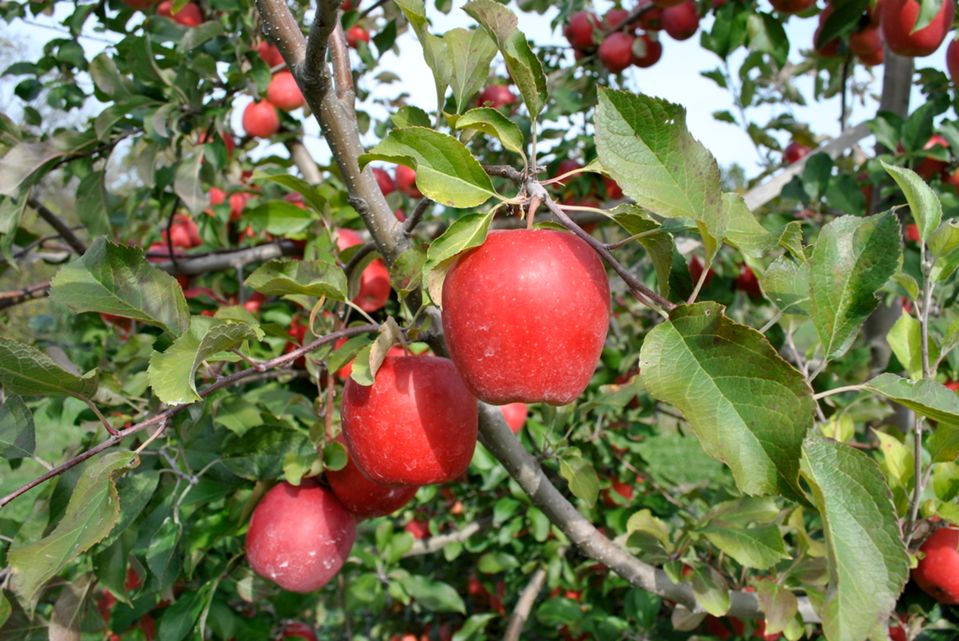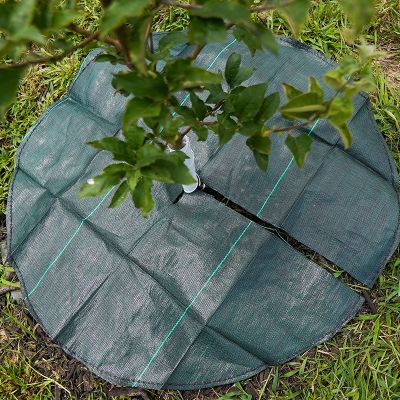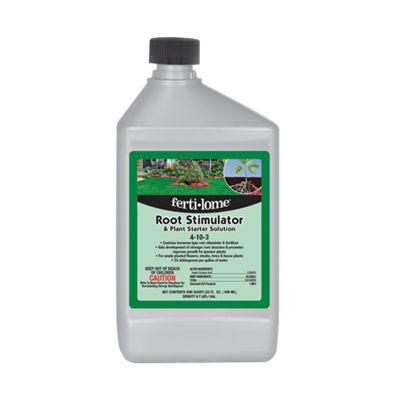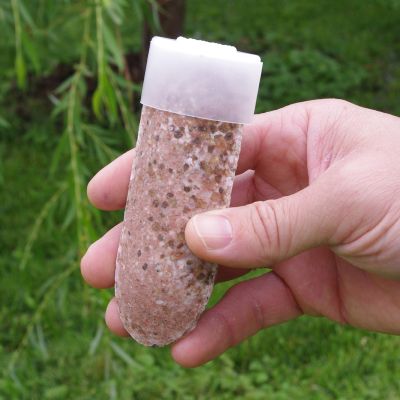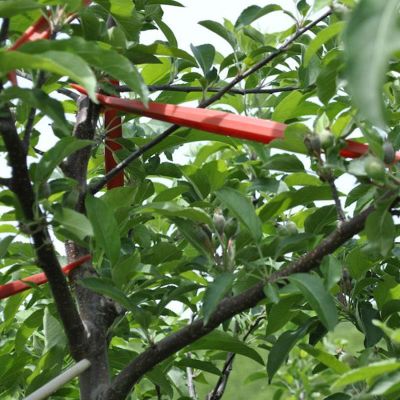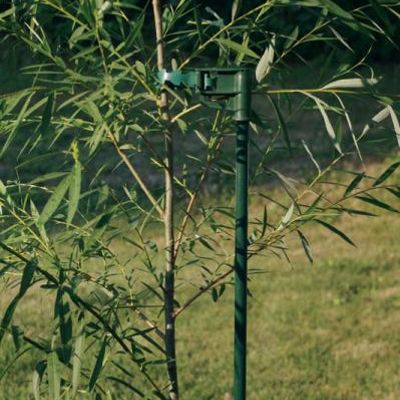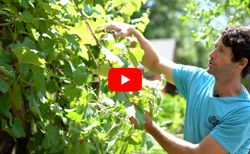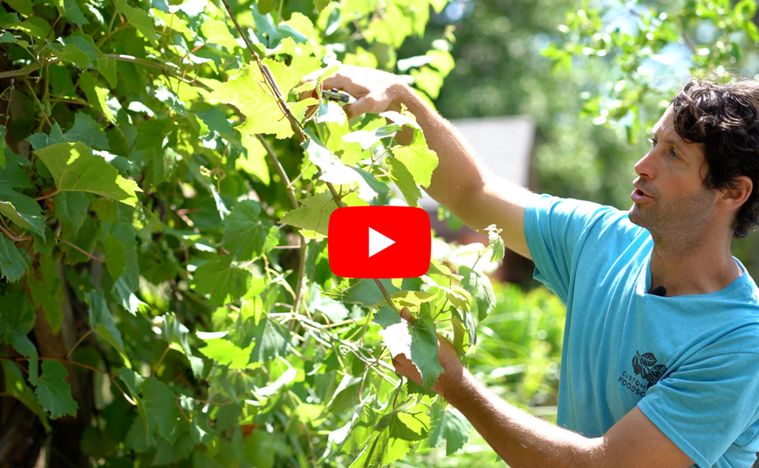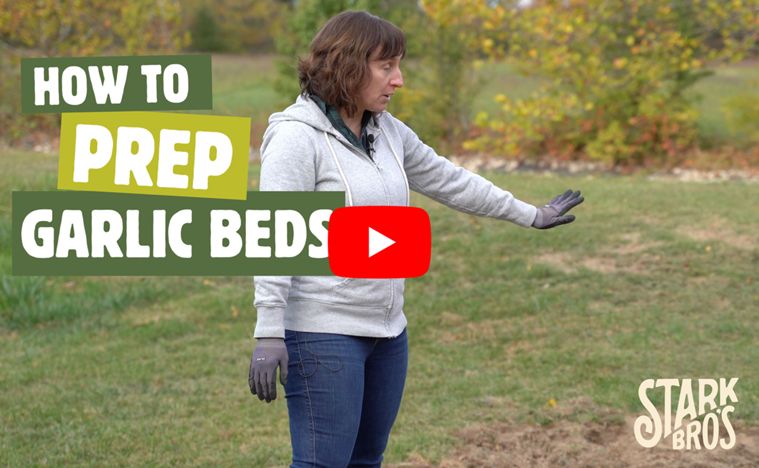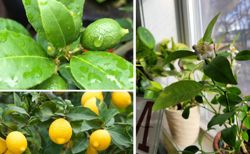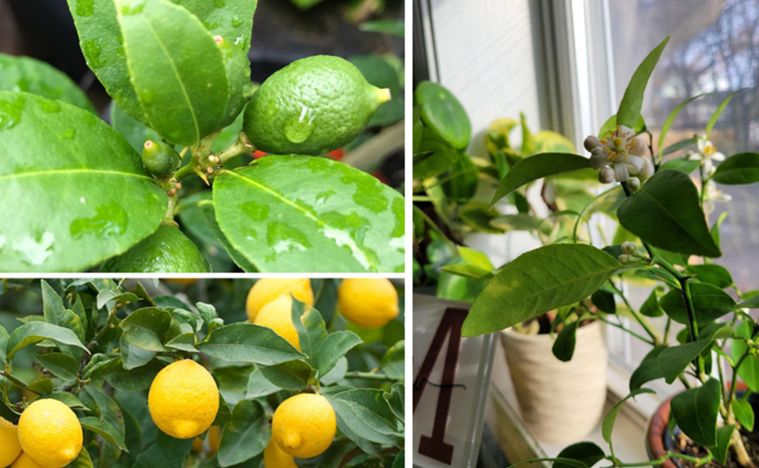How to Plant a Bare-Root Tree - With Video
Bare-root trees experience less transplant shock after planting, making them an excellent choice for home orchards and landscapes. Follow our detailed planting instructions and watch Katie’s simple video tutorial to learn how to plant a bare-root tree successfully.
What is a Bare-Root Tree?
By definition, bare-root trees are not grown in pots and do not have soil around their roots—hence the name "bare root." Our bare-root trees are shipped dormant, which allows for easier transplantation and reduces transpiration (water loss) immediately after planting.
The key to success is minimizing transplant shock, so be sure to plant your tree at the right time. The best time to plant a bare-root tree is in the fall or early spring when temperatures are mild and trees remain dormant.
Choosing the Right Planting Site
We always emphasize the importance of a strong foundation for your trees. Choosing the right location is critical to long-term growth and fruit production.
- Select a well-drained site to avoid water saturation around the roots.
- Choose a location that provides full sun for optimal growth and fruit production.
- Ensure the area has enough space for the tree's mature size and root expansion.
We always stress the importance of a good foundation. Choose your planting site wisely when planting fruit trees and other types of trees, so you can avoid issues like water-saturated planting sites.
Remember that, above all, the planting site should benefit the tree.
For more detailed information on choosing your location to plant, watch Gary's video:
How to Plant a Bare-Root Tree
Step 1: Prepare the Roots
- Soak your tree's roots in water for 1 to 2 hours before planting to rehydrate them.
- Do not soak for more than 24 hours, as this can damage the roots.
Step 2: Dig the Planting Hole
- Dig a hole wide enough to accommodate the tree's roots with extra room for growth.
- The hole should be deep enough to allow the tree to sit at its original nursery planting depth.
- Learn how to dig a perfect planting hole.
Step 3: Position the Tree
- Spread out the tree’s roots to encourage outward growth rather than circling.
- Hold the tree straight and vertical (perpendicular to the ground) to ensure proper growth.
Step 4: Secure and Support the Tree
- Use tree stakes for support, especially for dwarf rootstocks or windy locations.
- Keep the graft union (the noticeable "bump" on the lower trunk) 2-3 inches above the ground to prevent issues with rootstock growth.
Step 5: Backfill the Hole
- Refill the hole using native soil removed during digging.
- Avoid excessive soil amendments—trees establish better in their natural environment.
- Gently tamp the soil to remove air pockets without compacting too tightly.
Step 6: Water Thoroughly
- Water your newly planted tree deeply to help the soil settle around the roots.
Note: If planting on a slope or hillside, create a berm (a small raised area of soil on the lower side of the tree). This helps retain water and prevents runoff, allowing moisture to soak down to the tree's roots.
Final Tips for Bare-Root Tree Success
- Mulching: Add a 2- to 3-inch layer of mulch around the tree base, keeping it a few inches away from the trunk to prevent rot.
- Ongoing Watering: Ensure consistent watering during the first growing season to help the tree establish strong roots.
- Pruning & Maintenance: Remove any damaged or crossing branches to promote healthy growth.
- Learn more about pruning fruit trees: Pruning Fruit Trees: Central Leader, Pruning Fruit Trees: Open Center.
By following these best practices, your bare-root tree will have the best start possible—leading to strong growth and abundant fruit for years to come.
You might enjoy seeing the future stages of apple tree growth, if you're planting bare-root apple trees this season, which will give you an idea of what to expect down the road after planting!
If you can't plant due to the weather (or other concerns) when your new bare-root trees arrive, there are ways to safely delay planting.
Our tools and supplies are an effective way to maximize your gardening and growing success.
Shop by State
Customize your plant selection based on your area's unique growing zones by exploring our top recommendations for trees and plants. Select your state to discover the best options.


